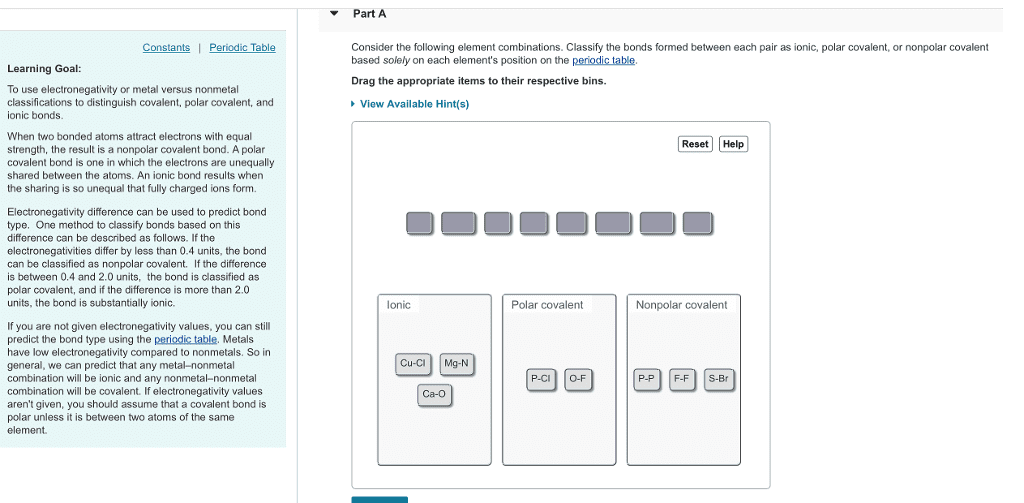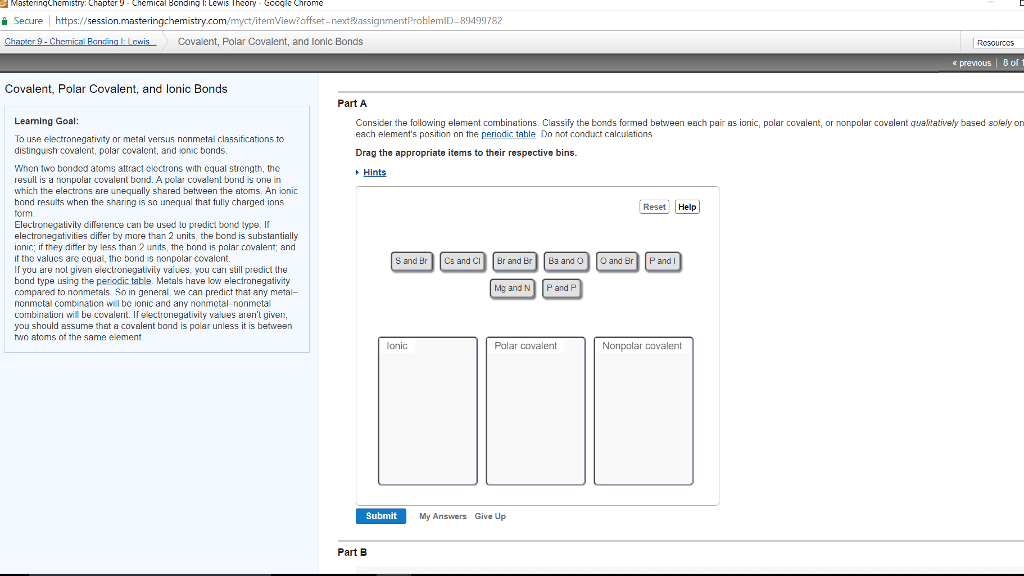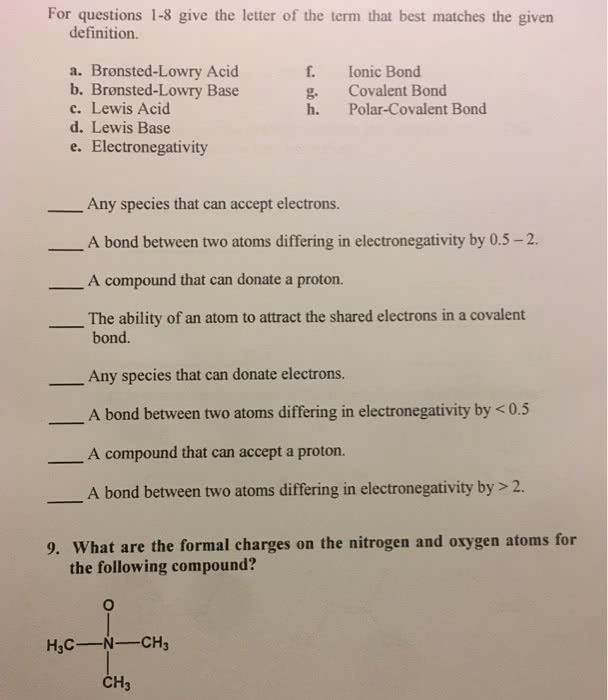CHM136H1 Chapter 2-4: CHM138 Ch. 2-4 Notes.docx

34
CHM136H1 Full Course Notes
Verified Note
34 documents
Document Summary
Foundational topics: bond polarity, acid-base behaviour of molecules, and hydrogen bonding. Most bonds are neither fully ionic nor fully covalent, but are somewhere between the two extremes. Such bonds are called polar covalent bonds the bonding electrons are attracted more strongly by one atom than the other so that the electron distribution between atoms is not symmetrical. Bond polarity is due to differences in electronegativity (en), the intrinsic ability of an atom to attract the shared electrons in a covalent bond. >> electronegativity generally increases from left to right across the periodic table, and decreases from top to bottom. >> carbon has an electronegativity value of 2. 5. By convention, electrons are displaced in the direction of the arrow. The tail of the arrow is electron-poor ( ) and the head of the arrow is electron-rich ( ). is used to indicate the direction of. Electrostatic potential maps: use colour to indicate electron-rich (red) and electron-poor (blue) regions.





